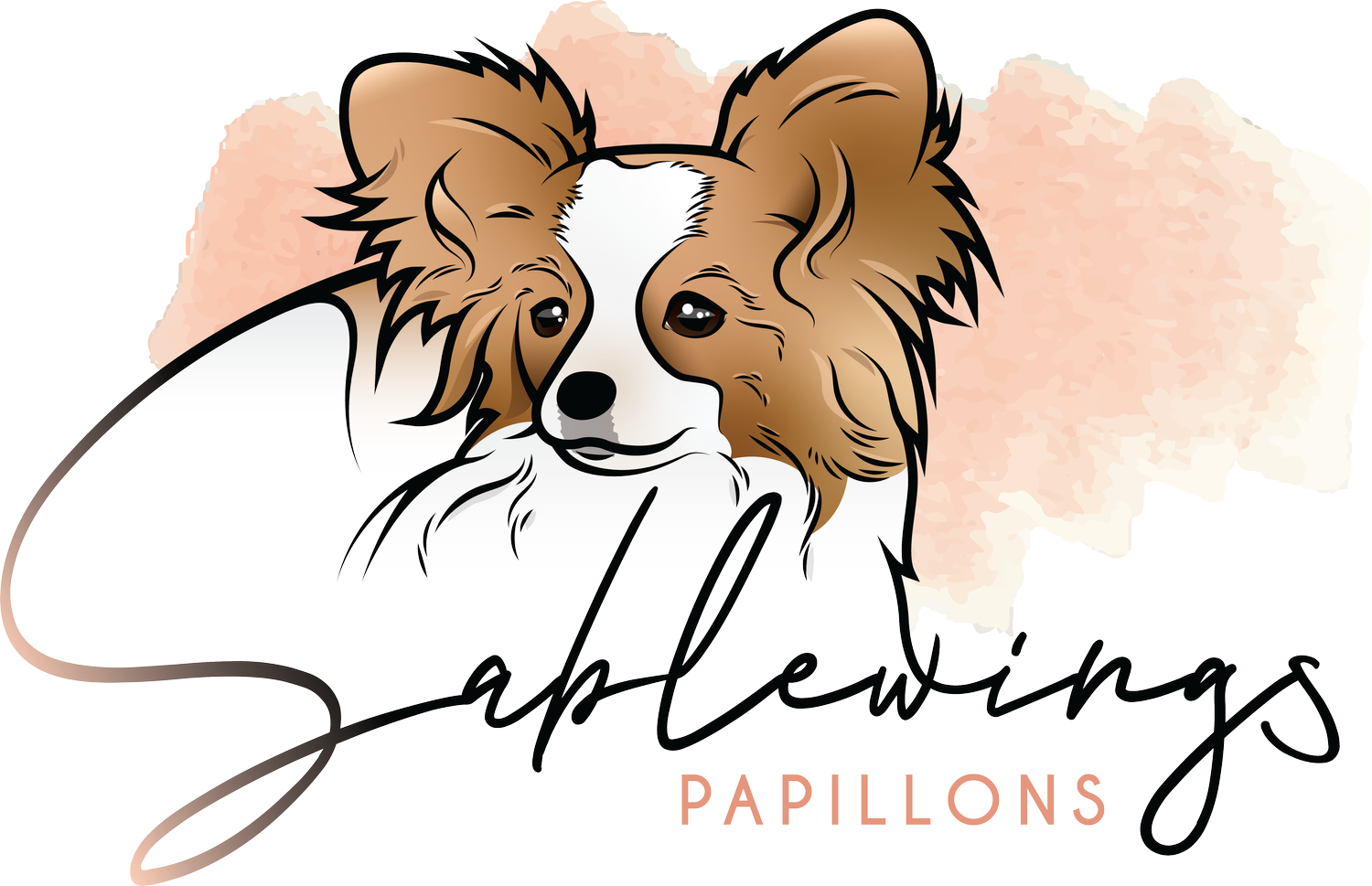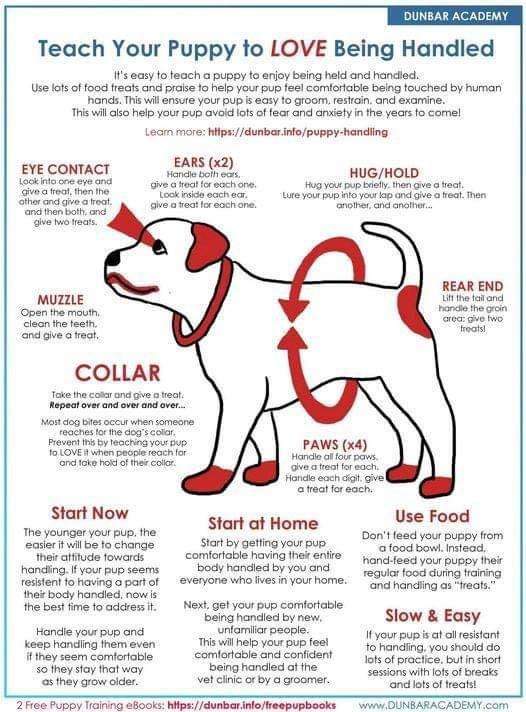New Puppy Owner Checklist
First, read my page on: Realistic Expectations
1: Make your vet appointment before puppy go home date
Veterinarians are overloaded in the US currently due to the pandemic puppy boom. Please find a veterinarian and make your appointment before the puppy goes home, as many aren’t taking new clients.
Vaccine Series:
By the go home date at around 10 weeks old your puppy will have been vaccinated with their first DAPP vaccine and received a health certificate from my veterinarian. The vaccine schedule you will continue should go roughly as follows:
3 weeks from pick up: second DAPP vaccine and first Leptospirosis vaccine (bring a fecal sample to this appointment)
3 weeks after that: third DAPP vaccine and second Leptospirosis vaccine
3 weeks after that: Rabies vaccine
I also recommend the Vanguard crLyme vaccine which is given at two doses the first year and annually after that.
Flea/Tick and Heartworm Prevention:
Currently the best preventatives are Nexgard + Heartgard Plus, or Symparica Trio, however you should check with your vet what they recommend for the region you live in. Some tick populations in a region respond better to one medication over the other, and there are several on the market. Your vet will know best what to use for your region.
2. Decide on a health insurance plan for the puppy
I cannot tell you how many times a week I see a Papillon owner on social media start a GoFundMe to pay for their dog’s veterinary treatment. Inflation is high and your dog’s medical bills can be many thousands. A slip off the couch the wrong way or a swallowed piece of rubber can mean a $7000+ emergency vet bill for you. My contract only reimburses treatment for congenital issues with the expectation that you have a plan covering 90% of the cost. I have a plan for all of my own dogs.
All of my puppies go home with a Trupanion code that, in some states except NY (by law), waive the first month of fees and also cover your puppy immediately and waive the wait period. After that, I recommend you remain with Trupanion or purchase a plan with Pets Best, which offers some of the best plan options I’ve found. All of my own dogs currently use Pets Best or Trupanion. I cannot overstate how important insurance is for your dog in this day and age. It is not the 1990s and you will be shocked what prices have become when a veterinary emergency hits you.
My advice for an insurance plan is to pick the highest deductible you feel comfortable affording ($1000 is what I choose) and the highest payout. Do not get insurance on wellness and prevention; it’s a waste of money. Think of insurance as something only to be used for emergencies. A high deductible plan with 90% payout will give you the lowest monthly premiums.
3. Products to have on hand
Food: Purina Pro Plan puppy kibble
Kelp supplement for oral health (put a tiny pinch in food each day)
Dishes: Stainless steel water and food dish
Harness: I will send the puppy home with one that fits
Toothbrush and toothpaste: I will send the puppy home with this
Crate in 18 inches: here
Leash (I do not recommend retractable)
Supplements: NONE. No other supplements are needed other than Kelp. Please do not get more supplements. These are healthy puppies. More vitamins and nutrients can’t make a puppy healthier than healthy.
Nail clippers: human toenail clippers
4. Grooming products to get
As a Papillon puppy grows it will tend to get mats in the ear fringe if it isn’t cared for properly. It’s actually very easy to prevent this with the right tools. The tools I recommend are:
A buttercomb and this brush (pin size 22 mm and medium pad) are good options for Papillon coat. Comb every day behind the ears, going all the way down to the skin. Always spray with a detangling spray first. The brush I linked has smoothed ends on the pins so they don’t drag in the dog’s fur.
I like Fraser Essentials @ Involo brushing spray and melt mats away spray, as well as their nurturing shampoo and nurturing conditioner. The breeders of Involo Papillons import these products from Australia and distribute them in the US. Gia is very kind to questions and can give you advice on the products for your dog as he or she ages.
Some tips for bathing:
1. Shampoo the whole body, including the ears.
2. Condition the body and ears. Leave conditioner on for a few minutes.
3. Rinse very well after shampoo and conditioning. Make sure to get every bit of conditioner out of the ear fringes.
4. While still damp and do a light brushing to get any knots out. Brush again after the dog is almost dry. You can use a human hair dryer.
5. Spray on the brushing spray and brush again briefly.
6. Make sure to comb behind the ears every few days.
7. Clean ears don’t mat so if you are starting to feel mats, wash the ears more often. You don’t have to wash the whole dog, just wash the ears and brush them out.
8. Always use brushing or melt mats away spray before brushing, even if you haven’t just bathed the dog. The sprays prevent breakage and repel dirt.
If you do all of this you should never need the groomer. You have seen my house and I live on a farm with a ton of animals. I do not have the time or patience for fussy grooming. I promise you this isn’t hard to do if I can do it.
5. Help your puppy build strong legs
I have a lot to say about the prevention of symptomatic luxating patella, but as usual, little time to write it right now. I will say that it’s important to walk your puppy uphills. If you have a hill nearby where you can bounce a ball up a hill and let the puppy run up the hill after the ball, that’s great exercise. Uphill exercise builds strong knees, which I believe may help prevent luxating patella.

